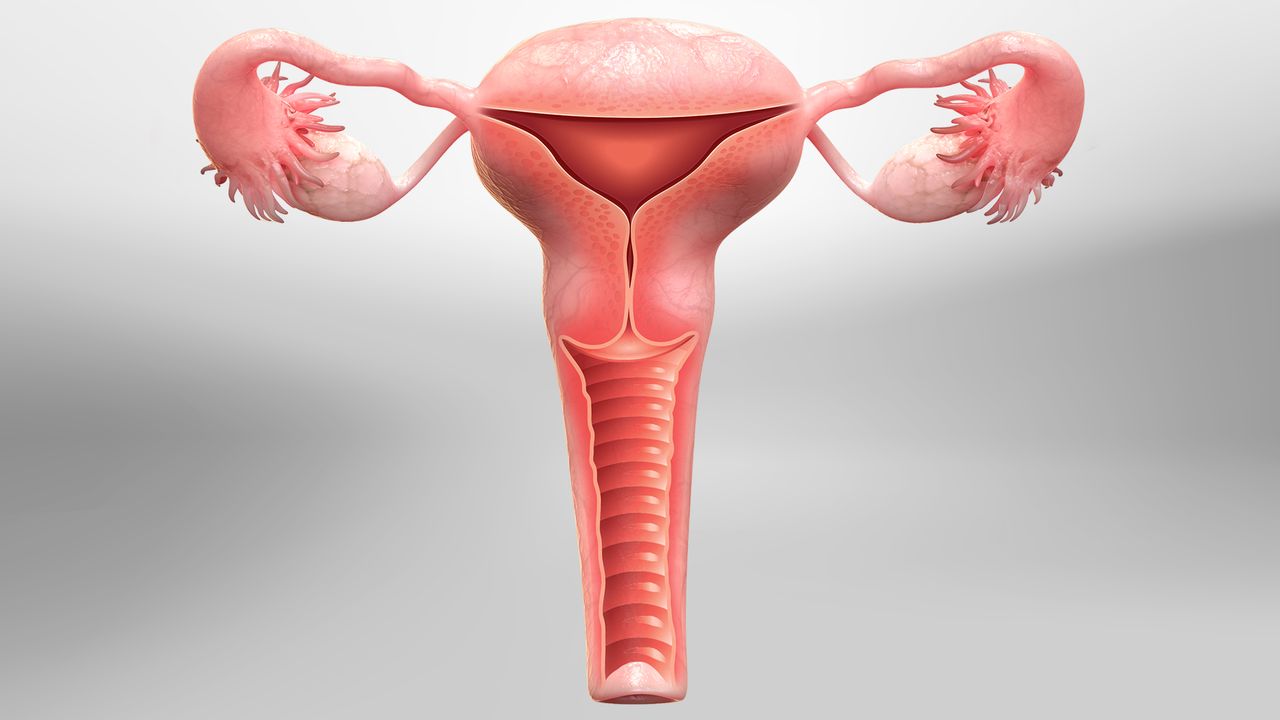Enquire Now
Hysterectomy In Nagpur is a surgical procedure in which the uterus. Thus, (commonly refer to as the womb) is remove from a woman’s body. Depending on the specific circumstances and medical reasons, a hysterectomy may also involve the removal of other adjacent reproductive organs such as the cervix, ovaries, and fallopian tubes.
Excessive Vaginal Bleeding: When other treatments are ineffective in controlling heavy or irregular menstrual bleeding, a hysterectomy may be recommende.
Reproductive Choices: In cases where a woman has decide not to have more children and has discuss this decision with her healthcare provider, a hysterectomy may be perform as a permanent form of birth control.

there are different types of hysterectomies
Total Hysterectomy: Once, In a total hysterectomy, both the uterus and the cervix are remove. This is the most common type of hysterectomy.
Partial (or Subtotal) Hysterectomy: In this type of hysterectomy, only a portion of the uterus is remove, usually the upper part, while the cervix is left intact.
Radical Hysterectomy: Thus, A radical hysterectomy is typically performe when there is a diagnosis of gynecological cancer.Once, In addition to removing the uterus, cervix, and sometimes the fallopian tubes and ovaries.Thus, the surrounding lymph nodes and supporting tissues are also remove.
Symptoms Before a Hysterectomy:
Uterine Fibroids: Thus, Symptoms can include heavy menstrual bleeding, pelvic pain or pressure, and an enlarge abdomen.
Adenomyosis: Once, This condition can cause heavy or prolonge menstrual bleeding, severe menstrual cramps, and pelvic pain.
Uterine Prolapse: Thus, Symptoms may include a sensation of fullness or pressure in the pelvis, a feeling of something “falling out” of the vagina, and discomfort during intercourse.
Endometriosis: Symptoms can include pelvic pain, painful periods, painful intercourse, and infertility.
Gynecological Cancers: Once, These can include abnormal vaginal bleeding, pelvic pain, and other symptoms specific to the type and stage of cancer.
Symptoms After a Hysterectomy:
Menopause: If the ovaries are remove during the hysterectomy (bilateral oophorectomy), menopause can occur suddenly. Thus, This can lead to symptoms such as hot flashes, mood swings, vaginal dryness, and changes in sexual desire.
Pain and Discomfort: Some individuals may experience post-surgical pain and discomfort at the incision site. Thus, in the pelvic area, or in the lower back. This is typically temporary and improves with time.
Vaginal Changes: Vaginal dryness and changes in vaginal sensation can occur after a hysterectomy, which may affect sexual function and comfort.
Emotional Impact: Once, Some individuals may experience emotional reactions to the loss of their uterus and the potential changes in their bodies. Thus, Counseling and support may be helpful during this time.
treatment options for conditions of Hysterectomy
Medication: Depending on the underlying condition, medication may be prescribe to manage symptoms. Thus, slowing the progression of the condition.
Hormone therapy: Hormonal medications can be use to manage conditions. Similarly, uterine fibroids or endometriosis by controlling menstrual bleeding and pain.
Pain management: Over-the-counter or prescription pain medications can help alleviate pain associate .thus, conditions like adenomyosis or chronic pelvic pain.
Physical Therapy: Pelvic physical therapy may be recommende for conditions like pelvic floor dysfunction, which can cause pelvic pain and other symptoms.
Alternative Therapies: Some individuals may find relief from complementary and alternative therapies, such as acupuncture or herbal remedies. However, the effectiveness of these approaches varies, and it’s essential to discuss them with a healthcare provider.
Close Monitoring: For certain conditions, especially if they are not severe or if a person is approaching menopause, a healthcare provider may recommend close monitoring and observation rather than immediate surgery.
the potential benefits of hysterectomies
Resolution of Abnormal Uterine Bleeding: Women who experience heavy, prolonged, or irregular menstrual bleeding. Thus, does not respond to other treatments may find relief through a hysterectomy.
Treatment of Gynecological Cancers: In cases of uterine, cervical, or ovarian cancer. Thus, a hysterectomy may be a crucial part of the cancer. thus, the treatment plan to remove cancerous tissue.
Elimination of Risk of Uterine or Cervical Cancer: For instances, women with a high risk of developing uterine . cervical cancer due to certain genetic factors or conditions. Thus, a prophylactic (preventive) hysterectomy may eliminate the risk of these cancers.
Permanent Birth Control: A hysterectomy can serve as a permanent form of birth control for individuals . who have decide not to have more children.
